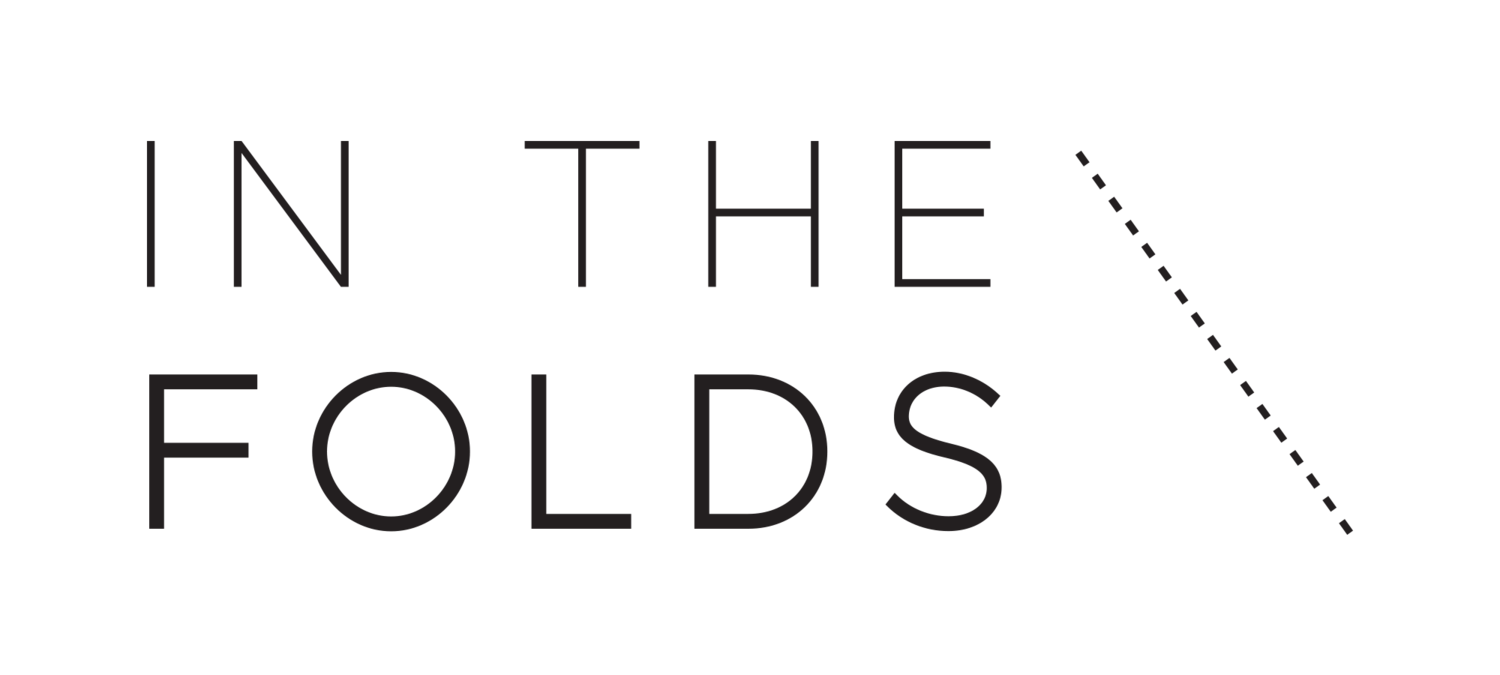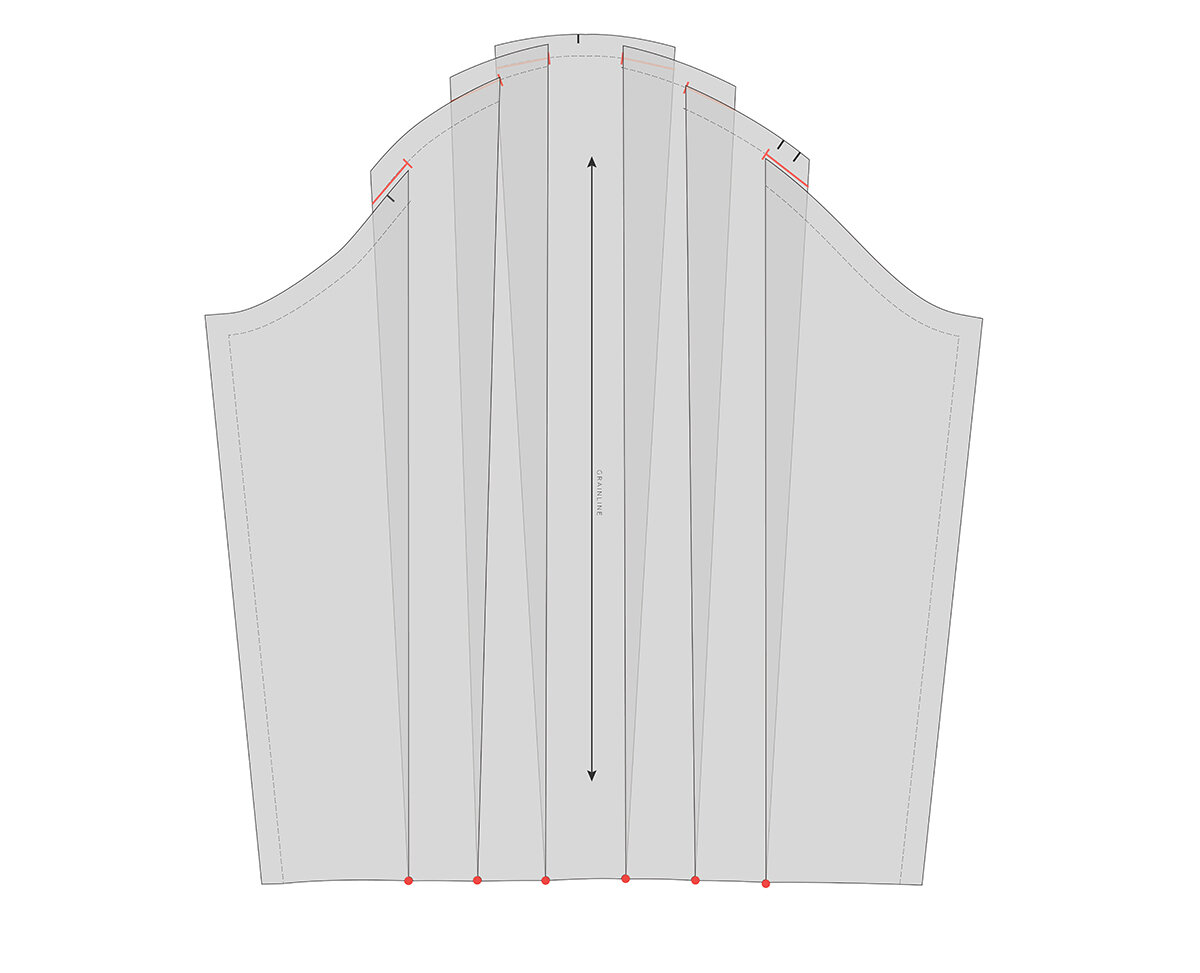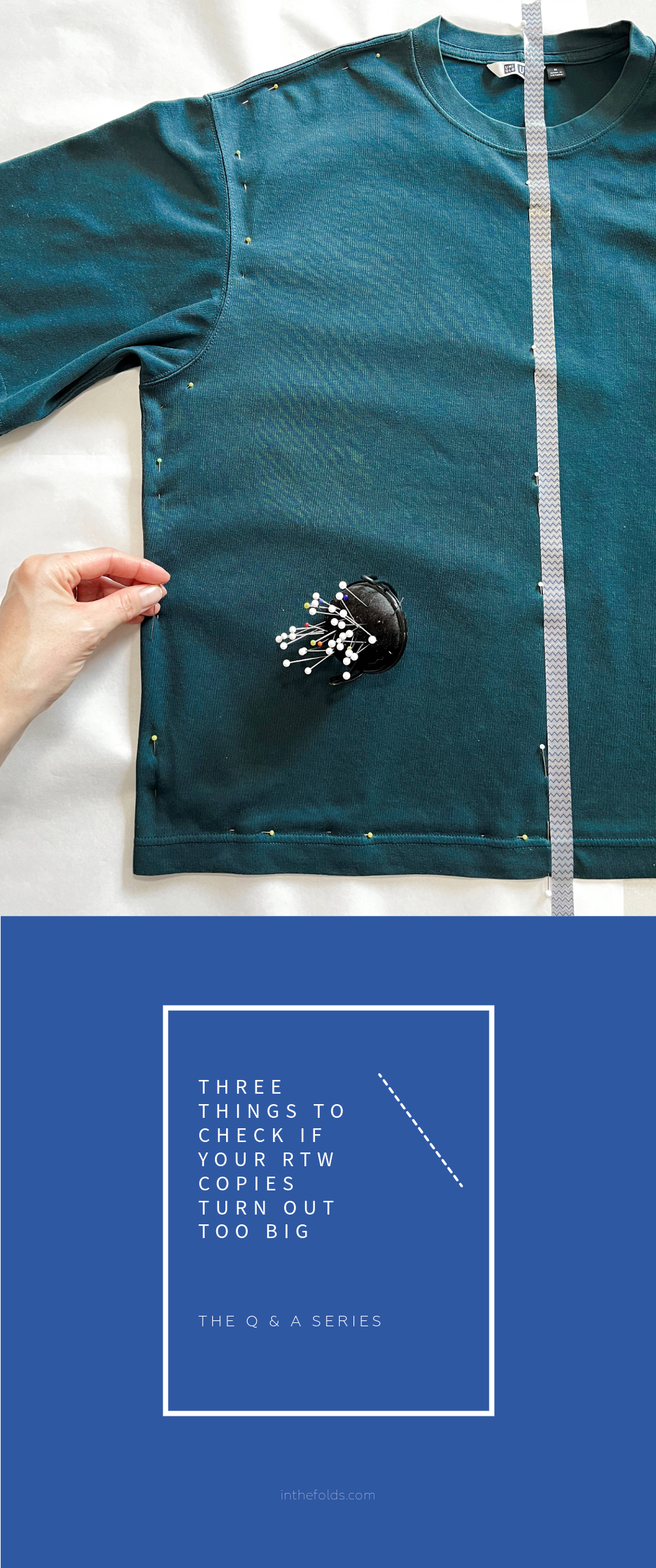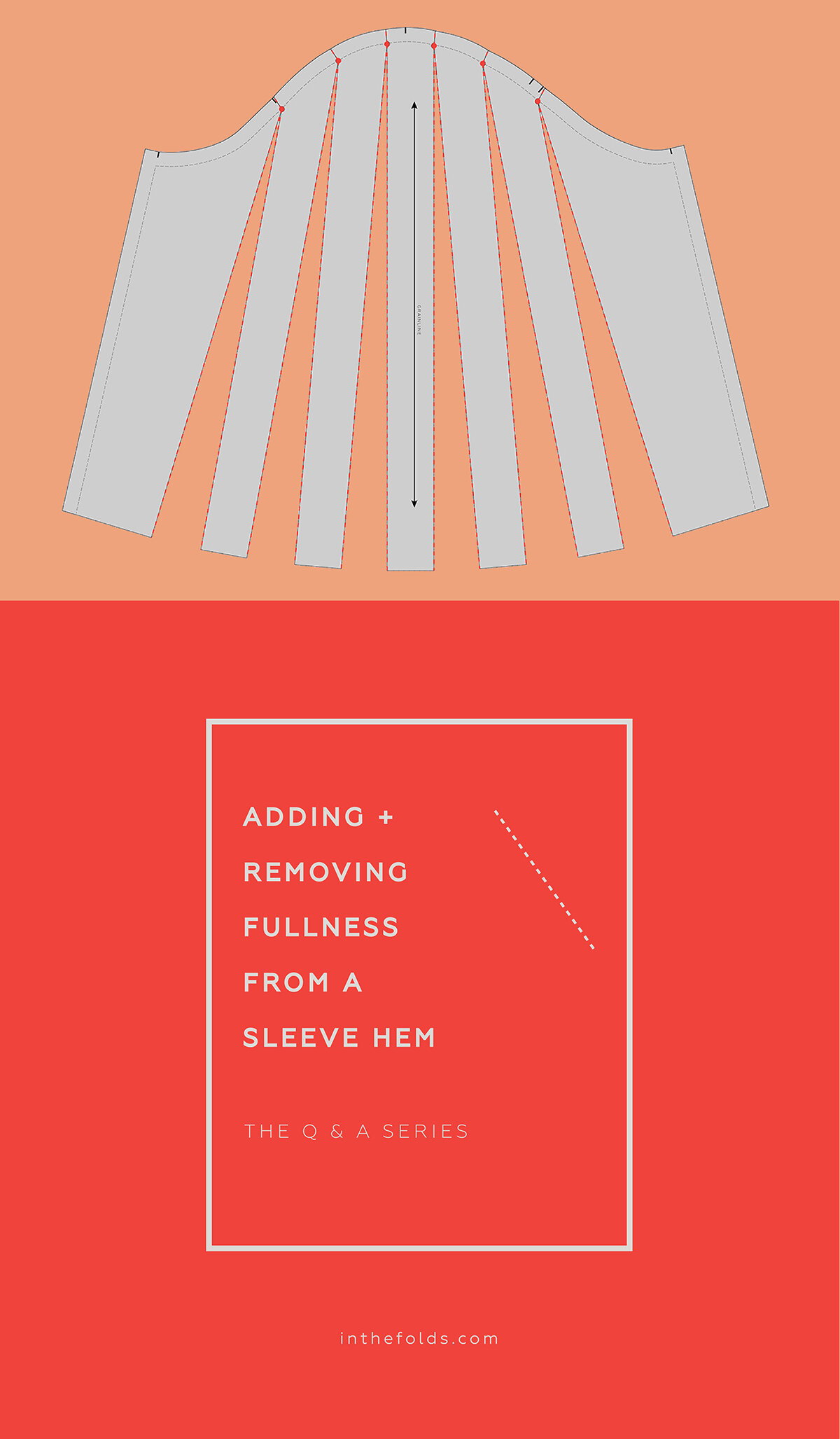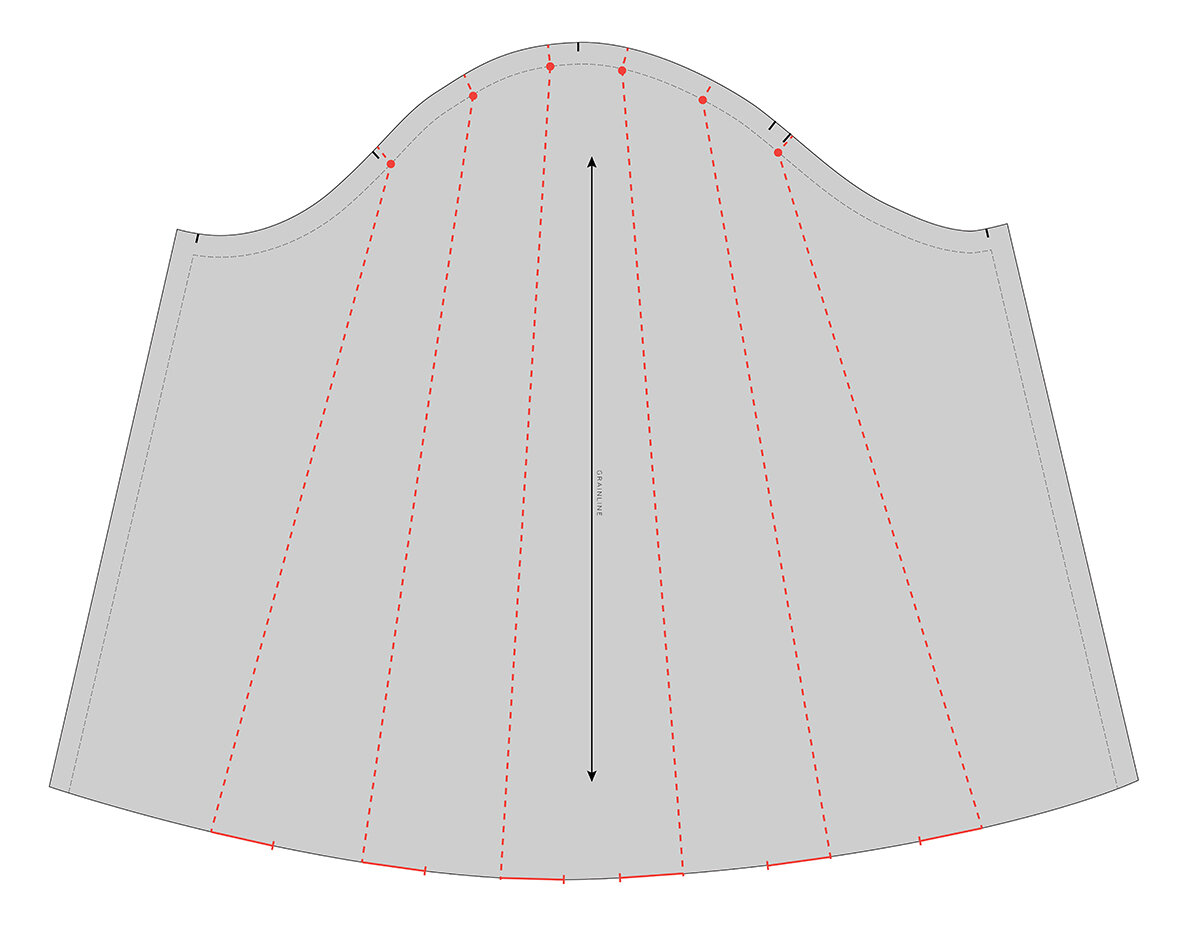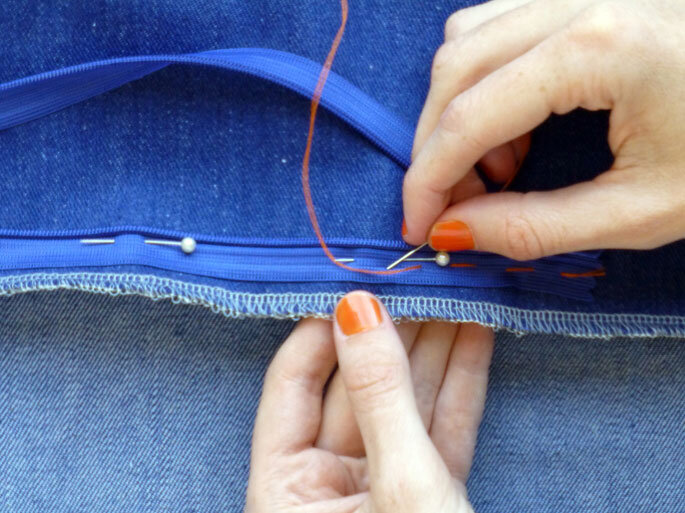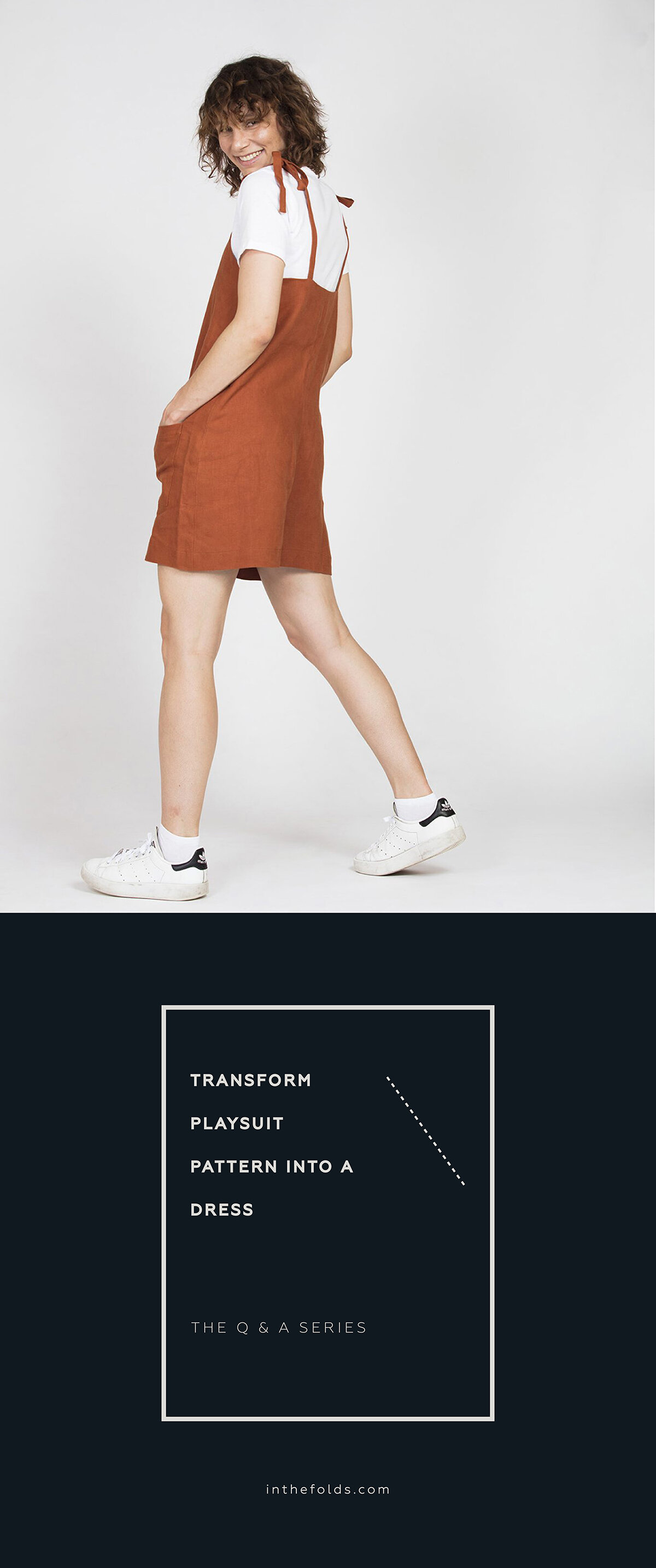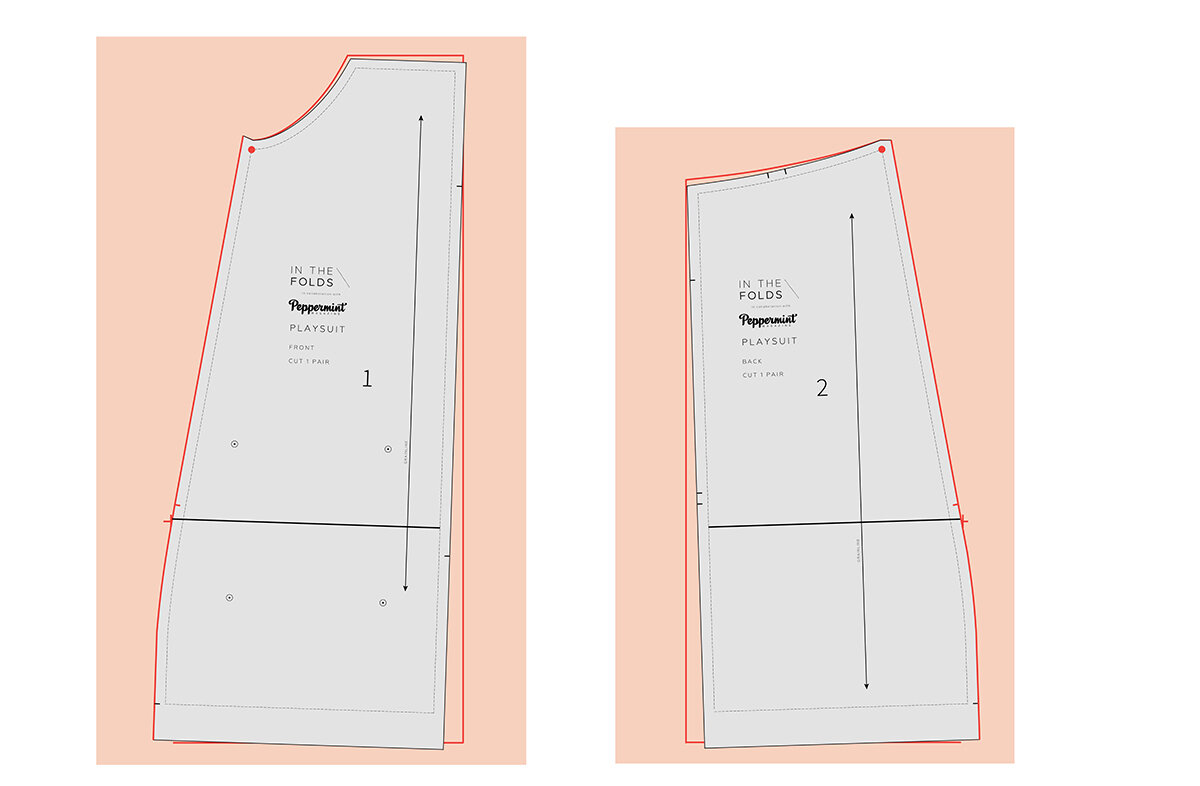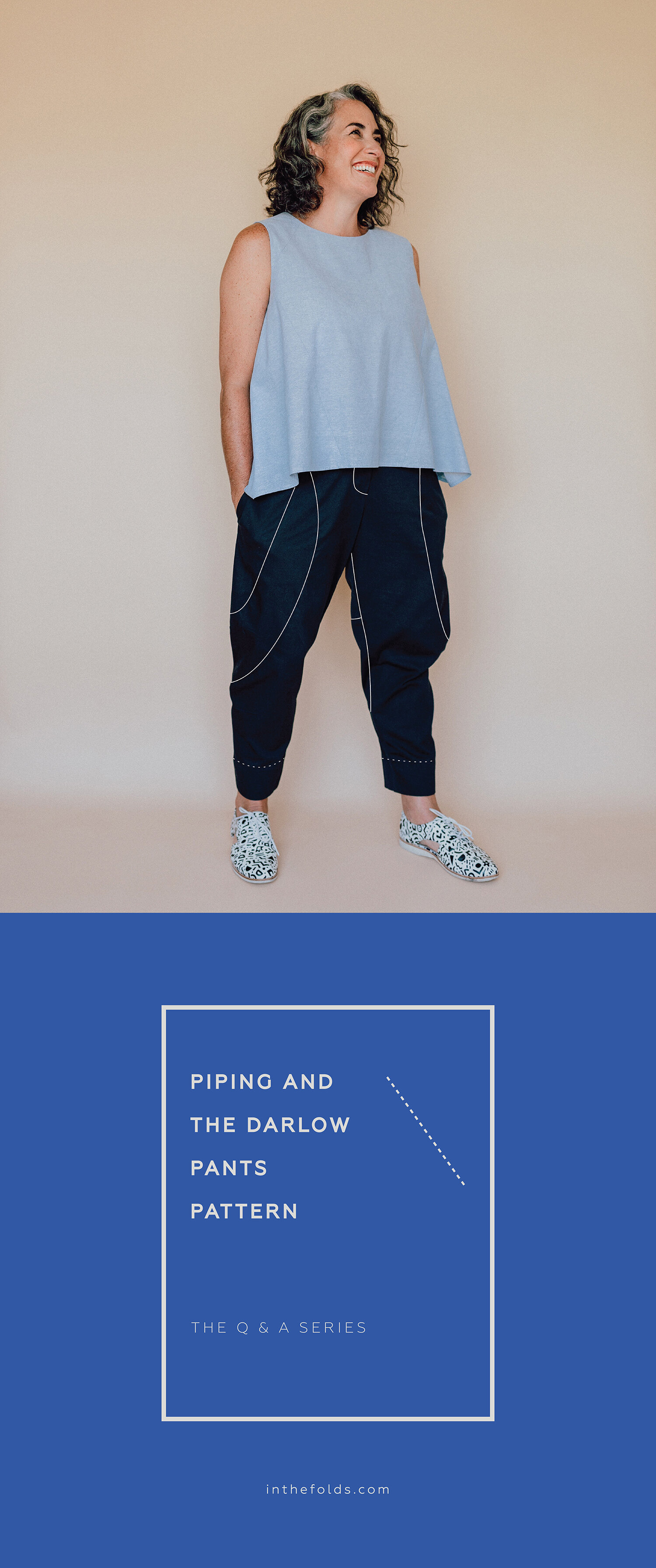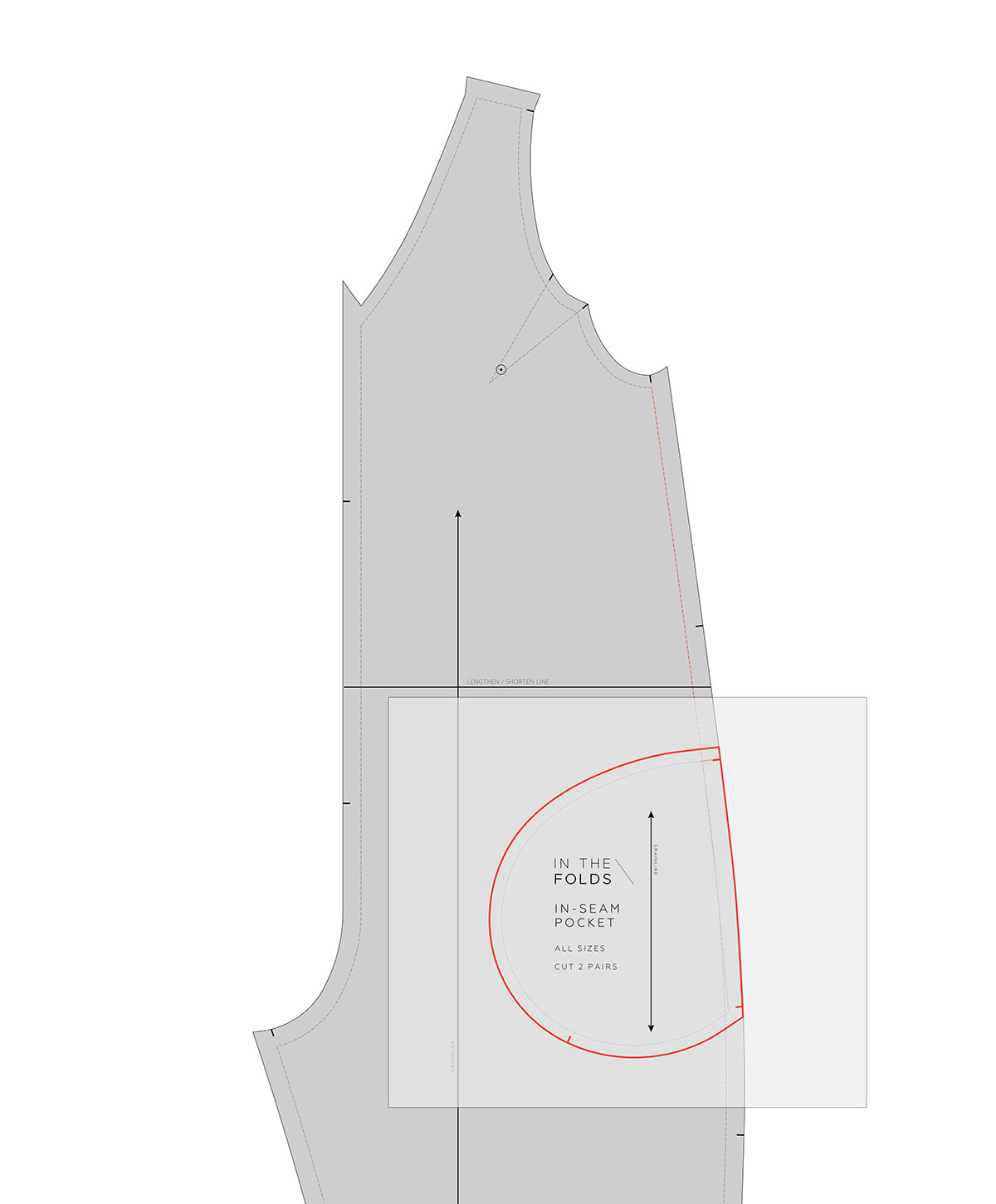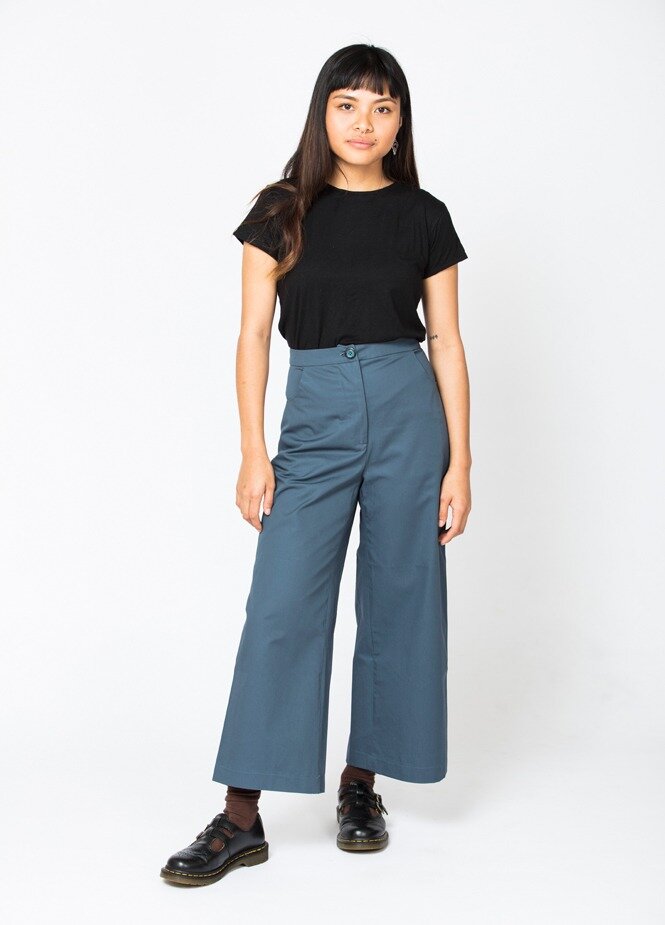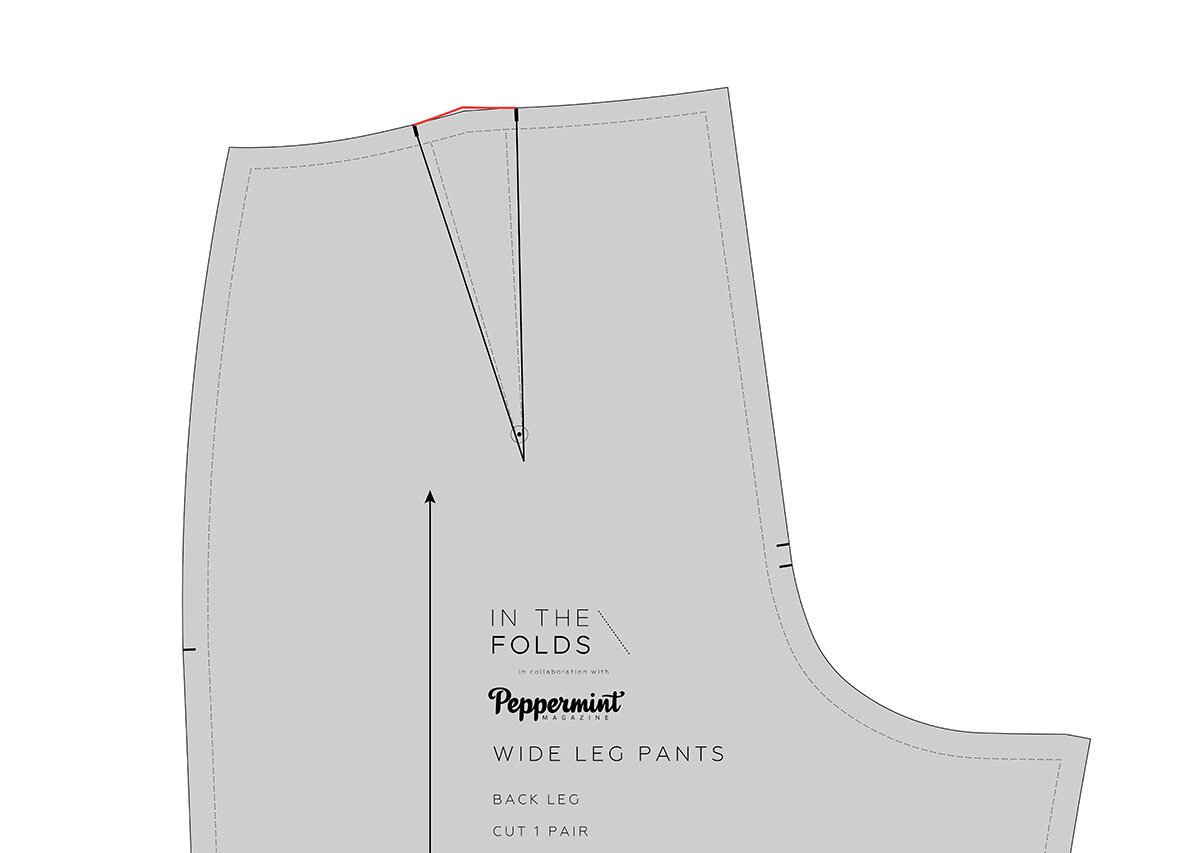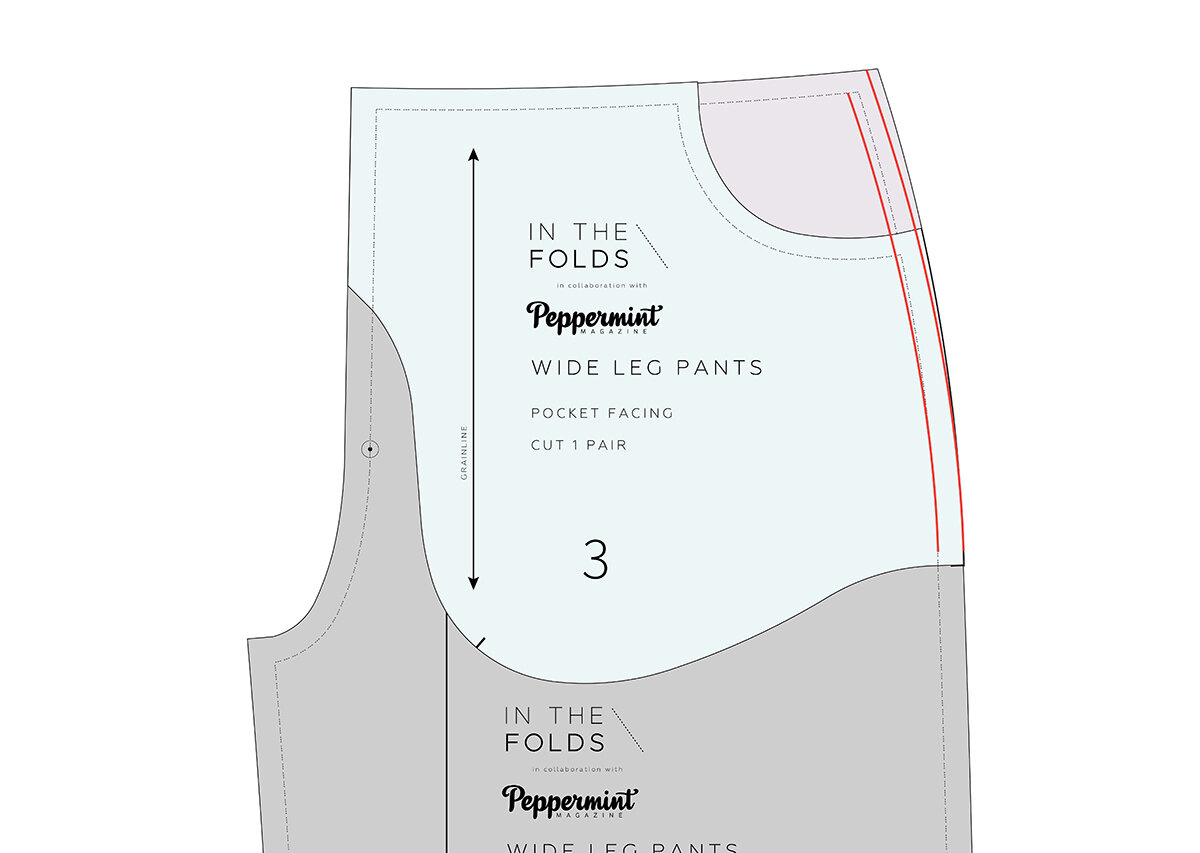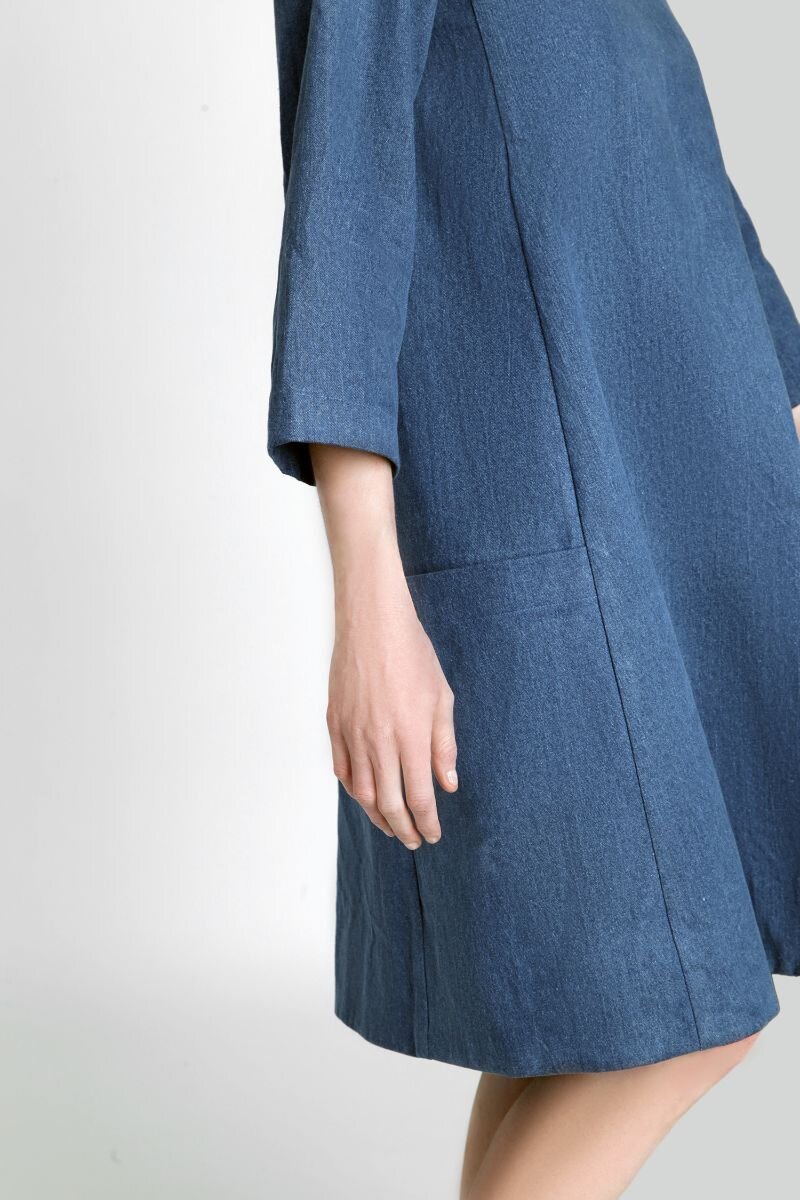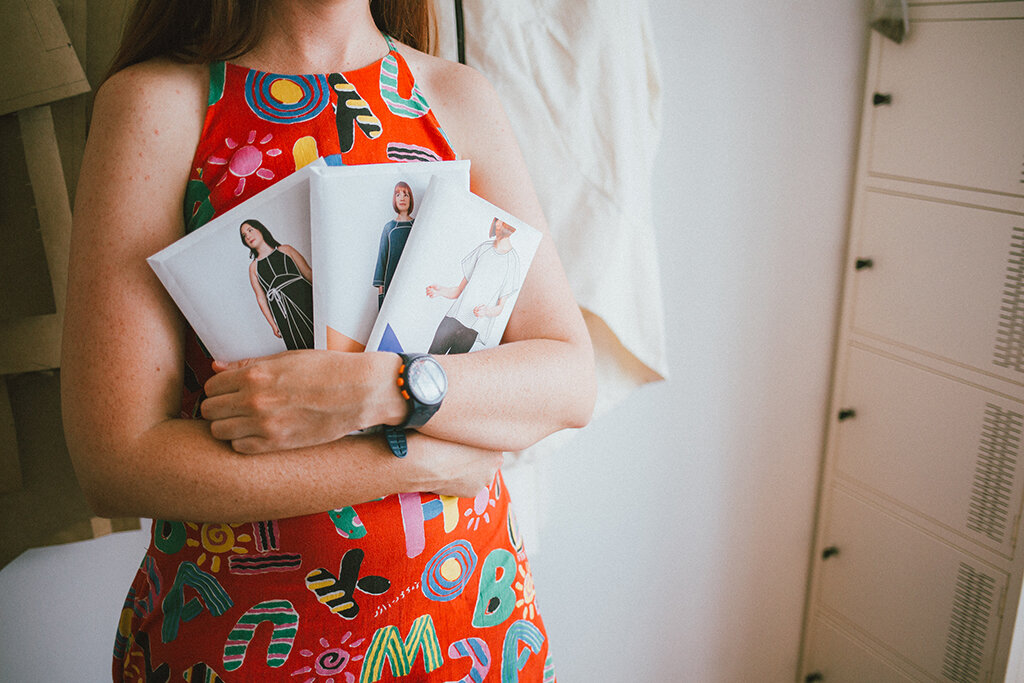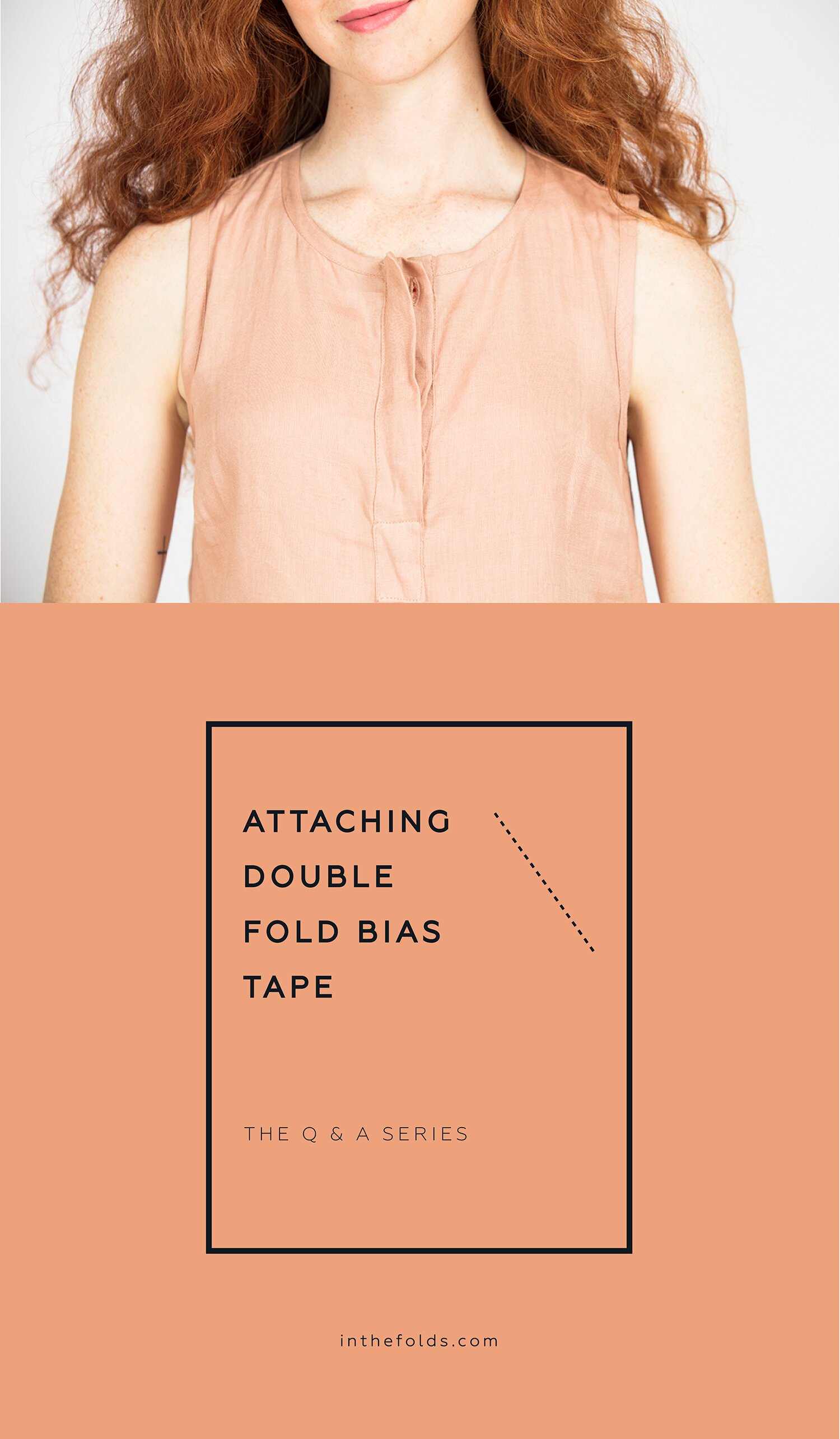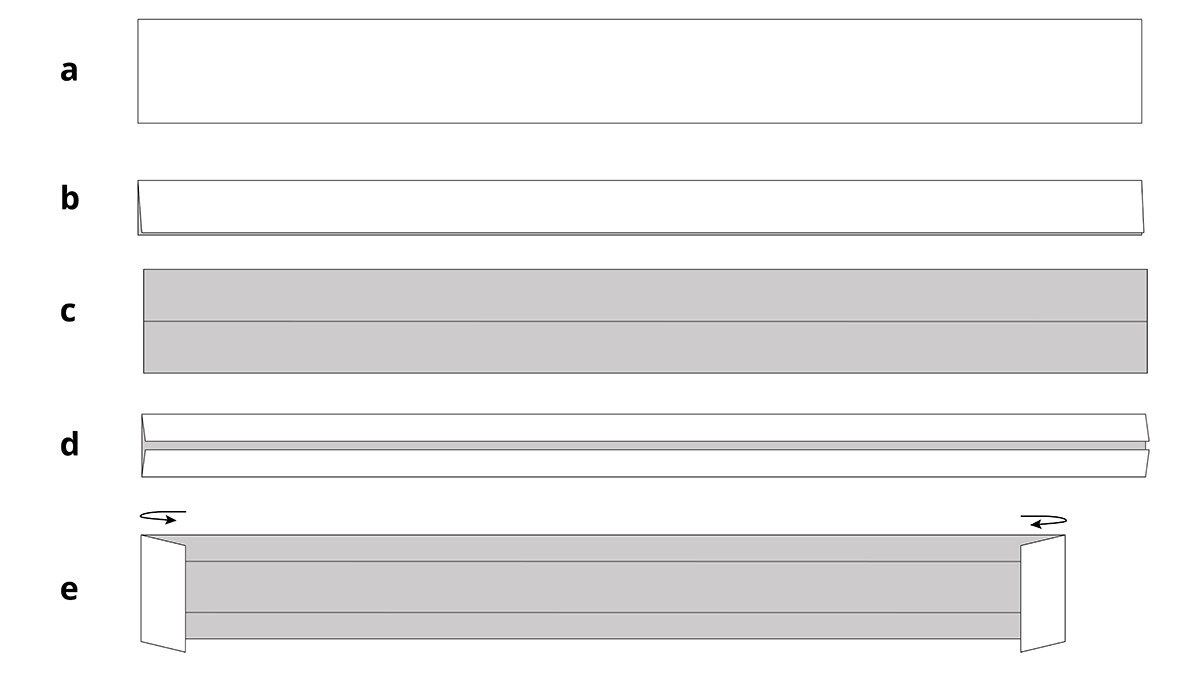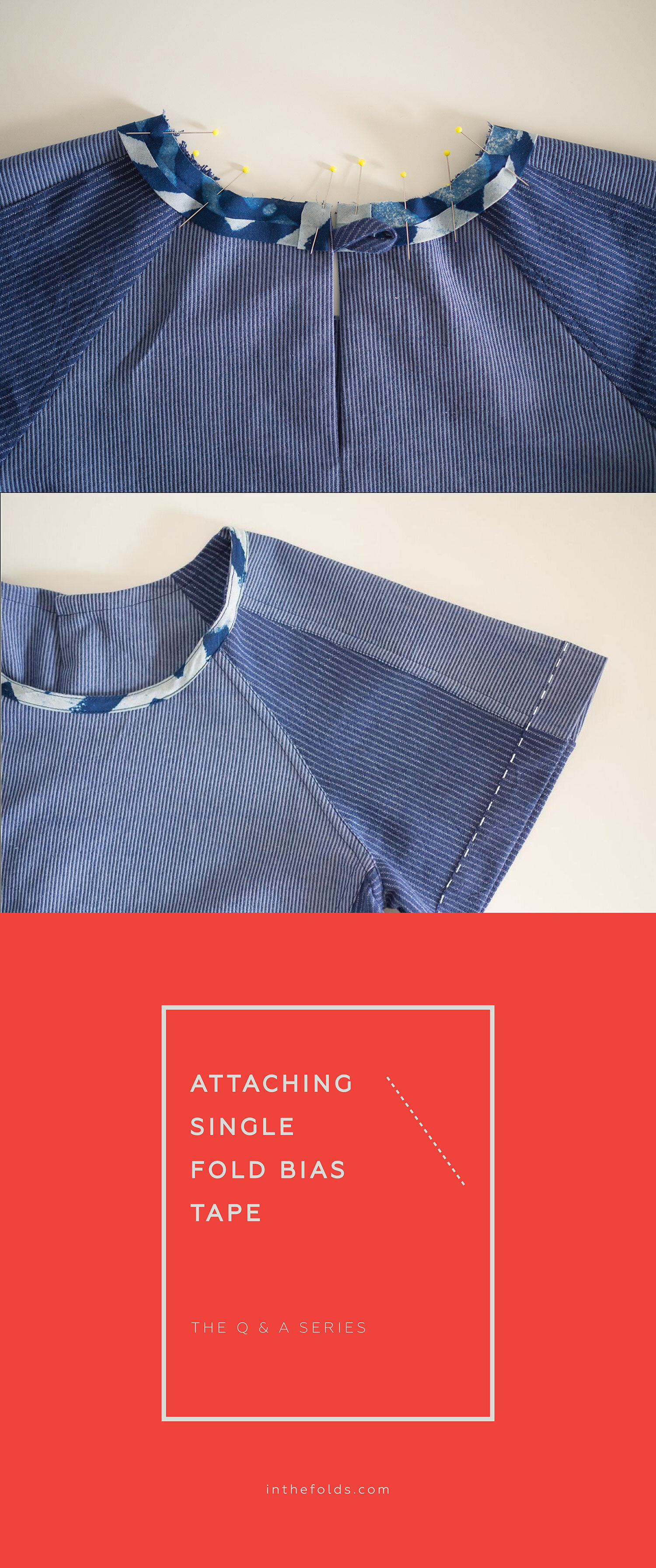THE Q & A SERIES - Adding and removing fullness from a sleeve cap
Hi Emily!
I’d like to know how to reduce the fullness in a puffed/gathered sleeve - as opposed to slashing a straight sleeve design to add in fullness. I often come across patterns that I love everything about - except for a gathered sleeve cap, or or gathering into a cuff, that makes it difficult to layer under a cardigan or jacket (here in Canada it’s all about layering to stay warm!).
Do I slash & straighten and redraw the sleeve cap?
Thank you!
- Vivian
Fredericton, Canada
Hi Vivian,
What you suggested is exactly right! You need to slash and close to remove the fullness from a sleeve cuff or cap - rather than the usual technique of cutting / slashing and spreading.
As I mentioned in last week's issue of the Q&A series, I had planned to create a tutorial to show you how to both add and remove fullness from a sleeve hem/cuff, as well as from the sleeve cap - but I realised it was going to get way too long! So I'm popping in today to show you how to add or remove fullness from a sleeve cap - and if you would like to know how to add or remove it from the hem/cuff of a sleeve, you can check out the previous post here.
PREPARE PATTERN
For the example, I will be using the sleeve from the Peppermint Wrap top pattern, although you could use any sleeve pattern that you like.
Take the pattern piece and trace a copy - if you would like to keep the original. The stitch line (the grey line on my patterns) will come in handy for this tutorial. If your pattern does not have the stitch line marked on it, you can mark it with a clear ruler.
I would suggest removing the hem allowance from the pattern - this will make the pattern adjustment easier to manage (as the hem line of the sleeve will be impacted by the change) and then you can add it back later on.
ADD FULLNESS
MARK CUT + SPREAD LINES
Mark in your slash lines on the pattern. It is up to you how many you mark - but be generous with the number of lines you mark, as this will help the change to the pattern be nice and gradual so that your lines remain as smooth as possible when you make the adjustment. Be sure to keep the slash lines parallel to the grainline and evenly spaced.
When adding gathers to a sleeve cap, you are only wanting to add extra fabric (that will become the gathers when you sew the sleeve) to the sleeve cap, rather than the whole sleeve - this means that the slash lines need to be marked between the front and back notches only.
CUT + SPREAD
It is a good idea to put the pattern on top of a larger piece of pattern paper at this stage, as after you cut the pattern it becomes very delicate and difficult to move.
Take your scissors and cut along the first slash line, from the top of the sleeve down towards the hem. Go nice and slow as you approach the hem line (marked with circles in the illustration) as you will be wanting to leave a small "hinge" of 1-2mm of paper intact to help with the alteration.
Repeat for each line marked, being careful to keep the pattern intact (although it's not a disaster if you accidentally cut through the hinge - just use a small piece of masking tape to put the sections back together).
With your grainline in the centre (and keeping this section of the pattern straight), gradually start spreading each section of the cut pattern - opening each cut line by a consistent amount.
HOW MUCH VOLUME TO ADD?
Think about how much volume you would like to add to the pattern piece overall. You may want to do this by eye (just cut along the line and then spread until it looks as though enough volume has been added), or by an exact amount.
You may want to have a play with a scrap of the fabric you are planning to use to see how it gathers. For example, if using something very lightweight like a silk chiffon, you will need to add quite a lot of width to the sleeve cap to create a gathered sleeve cap. For a heavier weight fabric, you will require less fabric to achieve a gathered sleeve. To check this, measure out a strip of fabric before and after gathering to work out the ratio of fabric to gathers.
If you have found an exact amount that you would like to add to the pattern, you will need to divide this figure by the number of cuts you have made. For example, in the sleeve pictured, I added 18cm to the sleeve cap. I divided this 18cm by the number of slash lines (6) and therefore opened up each slash line by 3cm.
Tape / glue pattern in place to the piece of pattern paper underneath.
TRACE PATTERN
You can either smooth out the lines of the pattern on the original pattern that you have glued / taped, or re-trace on a fresh piece of pattern paper. Sometimes it is good to use the original, as then you can keep track of the changes you made to the pattern - but this is up to you.
When tracing the new pattern piece, you need to make sure all lines are nice and smooth. Use a French curve ruler, or even a straight ruler (that is my preference for drawing curves) to work your way around the pattern. Draw the new hemline by drawing a smooth curve that follows the hem sections of the original sleeve. For the new sleeve cap, draw a line of best fit through the original stitch line, before adding seam allowance.
Be sure to also transfer the notches (you won't know exactly where they should be at this point, just mark them so you know which is the front and back of the sleeve) and grainline if you are tracing the pattern.
Check notch placement
Check the placement of the notches by walking your sleeve piece into the front and back armhole of your pattern (starting at the underseam of the sleeve and side seam). You can use this tutorial as a guide.
FINALISE PATTERN + ADD PATTERN MARKINGS
Add seam allowance to the hem of the pattern. The amount will depend on your hem treatment - for example, if you are adding a cuff, rolling the hem, or creating a hem facing.
Add pattern details to the new pattern piece. This includes:
Pattern name (e.g. Peppermint Wrap Top)
Piece name (e.g. Gathered sleeve)
Size (e.g. Size E)
Cutting instructions (e.g. Cut 1 pair)
Number of pieces (e.g. piece 4 / 5)
I also like to add notes of the changes I made (e.g. 18cm added to the sleeve cap using cut & spread technique on 16 April 2020)
And you're ready to use your new sleeve pattern! I'd suggest making a toile to check you are happy, before cutting your garment.
REMOVE FULLNESS
MARK CUT + SPREAD LINES
To remove fullness, we will use the sleeve piece created in the previous example.
Mark in your slash lines on the pattern. It is up to you how many you mark - but as in the first example, be generous with the number of lines you mark, as this will help the change to the pattern be nice and gradual so that your lines remain as smooth as possible when you make the adjustment.
As you will see, due to the shape of the sleeve pattern piece, the slash lines will need to gradually fan out, so that they can remain evenly spaced out (rather than parallel to the grainline like they were in the earlier example).
HOW MUCH VOLUME TO REMOVE?
To work out how much volume to remove from the sleeve cap, you will need to measure the front and back armholes of your pattern pieces. Remember to measure the stitch line and not the cutting line on the pattern.
Take note of your measurements and add them together to find your armhole circumference.
Next, measure your whole sleeve cap (including either side of the notches). Subtract the length of the armhole circumference from the length of the sleeve cap. When you have the answer, deduct another 1.2cm - this is to allow for a small amount of ease to remain in the sleeve cap.
Divide your answer by the number of slash lines that you have on your pattern, and this is the amount you will remove at each point.
Mark the measurement you found in the previous step on each section of the pattern - being sure to mark it on the stitch line, as this is the line we are adjusting and measured to work out how much to remove.
Take your scissors and cut along the first slash line, from the top of the sleeve down towards the hem. Go nice and slow as you approach the hem line (marked with circles in the illustration) as you will be wanting to leave a small "hinge" of 1-2mm of paper intact to help with the alteration.
CUT + CLOSE
Repeat for each line marked, being careful to keep the pattern intact (although it's not a disaster if you accidentally cut through the hinge - just use a small piece of masking tape to put the sections back together).
With your grainline in the centre (and keeping this section of the pattern straight), gradually start overlapping each section of the pattern with the section beside it - lining up the cut edge with the point marked previously - to remove the desired amount. Tape or glue in place.
Repeat for each slash line.
TRACE PATTERN
You can either smooth out the lines of the pattern on the pattern that you have glued / taped, or re-trace on a fresh piece of pattern paper. Sometimes it is good to use the original, as then you can keep track of the changes you made to the pattern - but this is up to you.
When tracing the new pattern piece, you need to make sure all lines are nice and smooth. Use a French curve ruler, or even a straight ruler (that is my preference for drawing curves) to work your way around the pattern. Draw the new hemline by drawing a straight line from one side of the pattern to the other (being sure to check the hemline is perpendicular to the grainline). For the new sleeve cap, draw a line of best fit through the original stitch line, before adding seam allowance.
Be sure to also transfer the notches (you won't know exactly where they should be at this point, just mark them so you know which is the front and back of the sleeve) and grainline if you are tracing the pattern.
Check notch placement
Check the placement of the notches by walking your sleeve piece into the front and back armhole of your pattern (starting at the underseam of the sleeve and side seam). You can use this tutorial as a guide. When you get to the shoulder seam, mark the position on the sleeve (it won't meet the centre notch). Do the same one the back section of the sleeve. You should now have two markings on either side of the centre notch. Measure the distance between these two markings, on the stitch line - this is the amount of ease you have in the sleeve pattern.
To mark the shoulder notch, take this measurement and divide by three. Place the centre notch 1/3 in from the front marking, so that 1/3 of the ease is distributed in the front section of the sleeve and the other 2/3 is in the back section of the sleeve.
FINALISE PATTERN + ADD PATTERN MARKINGS
Add seam allowance to the hem of the pattern. The amount will depend on your hem treatment.
Add pattern details to the new pattern piece. This includes:
Pattern name (e.g. Peppermint Wrap Top)
Piece name (e.g. Sleeve)
Size (e.g. Size E)
Cutting instructions (e.g. Cut 1 pair)
Number of pieces (e.g. piece 4 / 5)
I also like to add notes of the changes I made (e.g. 18cm removed from the sleeve cape using cut & spread technique on 16 April 2020)
And you're ready to use your new sleeve pattern! I'd suggest making a toile to check you are happy, before cutting your garment.
I hope that helps you and I will be back next week to show you how to use this technique on a sleeve cap.
Happy sewing,
Emily
resources mentioned in this issue
Adding and removing fullness from a sleeve hem. Tutorial can be found here.
Peppermint wrap top pattern. Pattern can be downloaded for free here.
How to add seam allowance to a sewing pattern. Tutorial can be found here.
Checking patterns: Curved seams. Tutorial can be found here.
How to draft a hem facing. Tutorial can be found here.
How to (and why) make a toile. Tutorial can be found here.
P.S. Would you like to know what the Q & A series is all about? This page tells you a little bit more about the motive behind the series. Past issues from the Q & A series can be found here.
Don't have a question, but found this newsletter helpful? I'd love to hear from you! Get in touch and say hi.
